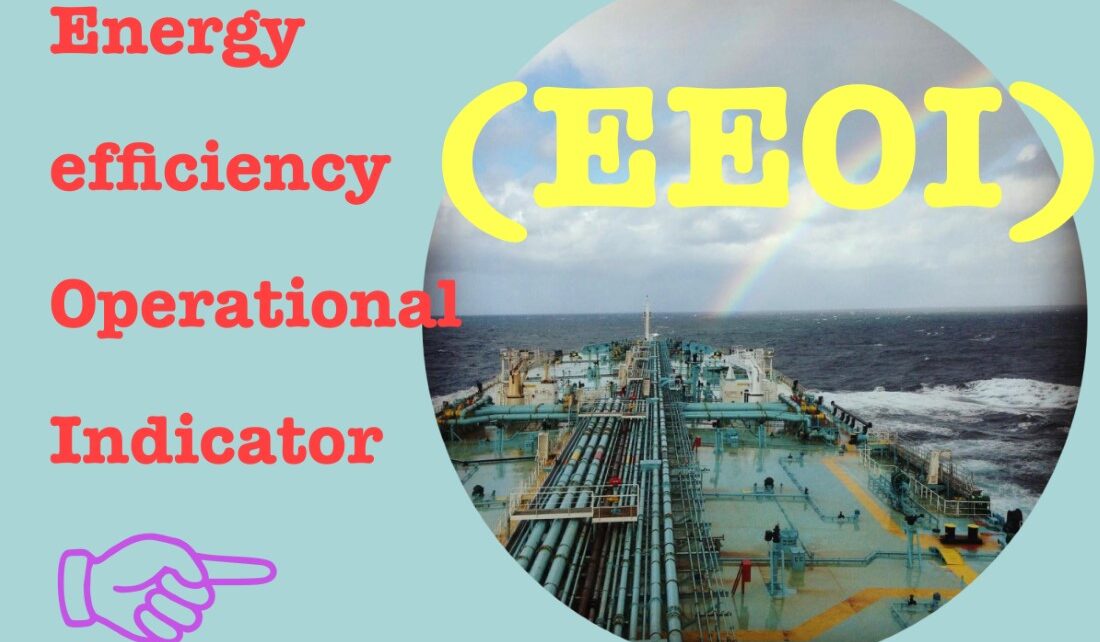Energy Efficiency Operational Indicator: A Tool for Improving Ship Performance. The shipping industry is responsible for a significant share of global greenhouse gas emissions and fuel consumption. According to the International Maritime Organization (IMO), maritime transport accounts for about 2.5% of global CO2 emissions and 3.1% of global energy demand. Reducing the environmental impact of shipping is not only a moral duty, but also a competitive advantage for ship owners and operators who want to save costs and comply with regulations.
Energy Efficiency Operational Indicator: A Tool for Improving Ship Performance
One of the key factors that affects the energy efficiency and environmental performance of a ship is its operational profile, i.e., how it is operated in terms of speed, route, load, weather conditions, etc. However, measuring and monitoring the operational efficiency of a ship is not a trivial task, as it requires collecting and analyzing large amounts of data from various sources, such as onboard sensors, voyage reports, fuel invoices, etc.
To address this challenge, the IMO has developed a standardized tool for assessing the energy efficiency of a ship’s operation: the Energy Efficiency Operational Indicator (EEOI). The EEOI is a ratio that expresses the amount of CO2 emitted per unit of transport work performed by a ship. It can be calculated as follows:
EEOI = (m_f * CF) / (m_c * D)
where:
– m_f is the mass of fuel consumed by the ship during a voyage or a period of time
– CF is the carbon factor of the fuel type used by the ship
– m_c is the mass of cargo carried by the ship during a voyage or a period of time
– D is the distance travelled by the ship during a voyage or a period of time
The EEOI can be used to compare the operational efficiency of different ships or voyages, as well as to track the performance improvement of a single ship over time. It can also be used to identify potential areas for optimization, such as speed adjustment, route planning, load factor, etc.
The EEOI has several advantages as an energy efficiency indicator:
– It is simple and easy to calculate using readily available data
– It is applicable to all types and sizes of ships
– It is consistent with the IMO’s Energy Efficiency Design Index (EEDI), which measures the energy efficiency of a ship’s design
– It is aligned with the IMO’s Ship Energy Efficiency Management Plan (SEEMP), which provides guidance on how to improve the energy efficiency of a ship’s operation
However, the EEOI also has some limitations and challenges:
– It does not account for other environmental impacts of shipping, such as air pollution, noise, waste, etc.
– It does not account for the quality or value of the cargo transported by the ship
– It does not account for the variability and uncertainty of the input data, such as fuel consumption, cargo mass, distance travelled, etc.
– It does not account for the external factors that influence the operational efficiency of a ship, such as weather conditions, sea state, traffic congestion, etc.
Therefore, the EEOI should be used with caution and in conjunction with other indicators and tools that can provide a more comprehensive and accurate picture of the energy efficiency and environmental performance of a ship’s operation.



